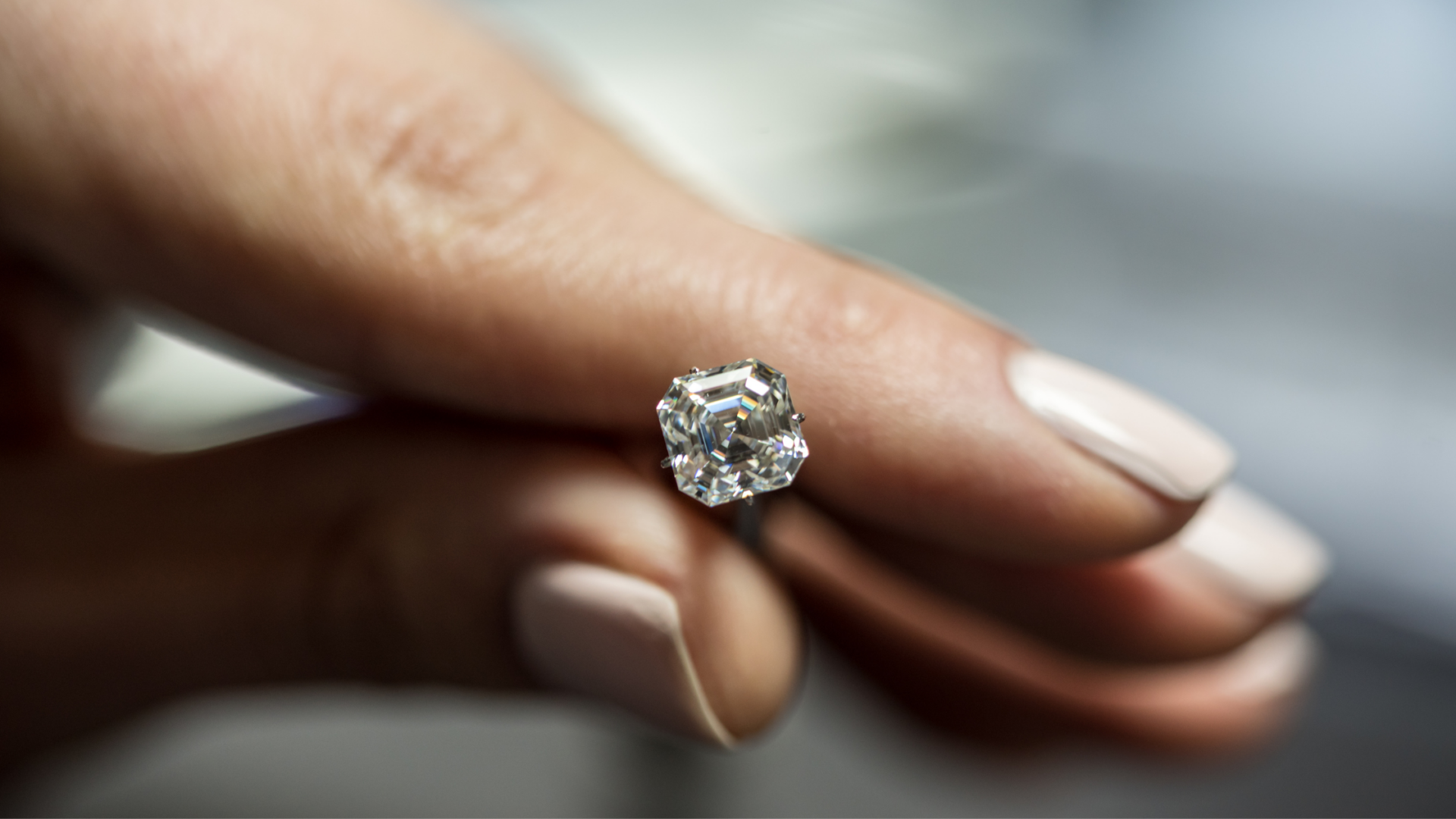Lula
Ideal_Rock
- Joined
- Apr 5, 2009
- Messages
- 4,624
I've been here only a little while (@six months) and have learned a lot. Thank you, everyone!
However, there are still several terms that I do not fully understand, and I'm wondering if the experts would help me out by defining lab, optical, and physical symmetry, and explain the differences -- in layperson's terms?
For example, what differences would I be able to see, if any, between 2 stones, one having poor optical symmetry and one having excellent optical symmetry? Does having excellent optical symmetry guarantee excellent physical symmetry or vice versa?
Also, what difference would it make for these two stones' grading under the current AGS/GIA systems?
(I know, I don't ask for much, do I?)
But these terms get thrown around from time to time on threads, and they can be really confusing. I've seen Storm categorize them this way
meet point/lab == symmetry
optical == alignment
physical/scanned == tightness
which is helpful, but I could use a more fleshed out, shall we say, definition of each!
Thanks...
However, there are still several terms that I do not fully understand, and I'm wondering if the experts would help me out by defining lab, optical, and physical symmetry, and explain the differences -- in layperson's terms?
For example, what differences would I be able to see, if any, between 2 stones, one having poor optical symmetry and one having excellent optical symmetry? Does having excellent optical symmetry guarantee excellent physical symmetry or vice versa?
Also, what difference would it make for these two stones' grading under the current AGS/GIA systems?
(I know, I don't ask for much, do I?)
But these terms get thrown around from time to time on threads, and they can be really confusing. I've seen Storm categorize them this way
meet point/lab == symmetry
optical == alignment
physical/scanned == tightness
which is helpful, but I could use a more fleshed out, shall we say, definition of each!
Thanks...






300x240.png)